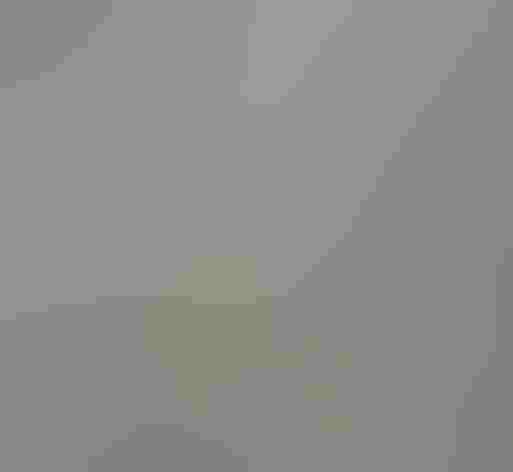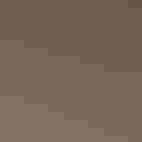Prairie Falcon
At a Glance
A large falcon of the arid west. The Prairie Falcon is nearly the size of the famous Peregrine, but differs in its hunting behavior, often pursuing small prey with rapid, maneuverable flight close to the ground. Although it is characteristic of desolate plains and desert wilderness, this falcon has also adapted to altered landscapes: in winter, it is often seen flying over southwestern cities, or hunting Horned Larks in farm country.
All bird guide text and rangemaps adapted from by Kenn Kaufman© 1996, used by permission of Houghton Mifflin Harcourt Publishing Company. All rights reserved.
Category
Falcons, Hawk-like Birds
IUCN Status
Least Concern
Habitat
Desert and Arid Habitats, Fields, Meadows, and Grasslands, High Mountains, Shrublands, Savannas, and Thickets
Region
California, Great Lakes, Northwest, Plains, Rocky Mountains, Southwest, Texas, Western Canada
Behavior
Direct Flight, Flap/Glide, Hovering, Soaring
Population
110.000
Range & Identification
Migration & Range Maps
Many adults may be permanent resident near their nesting sites. Others move short distances south for winter. Some also move eastward somewhat on Great Plains after nesting season.
Description
17-20" (43-51 cm). W. 3' 6 (1.1 m). Brown overall, with narrow dark whisker mark. Paler than Peregrine (especially on tail and underparts), and lacks the dark hooded effect. Best known in flight by heavy black mark under base of wing. (A trace of this sometimes shows on perched birds.) Compare to female Merlin of the prairie race, which can look as pale.
Size
About the size of a Crow, About the size of a Mallard or Herring Gull
Color
Black, Brown, Tan, White, Yellow
Wing Shape
Long, Tapered
Tail Shape
Long, Rounded, Square-tipped
Songs and Calls
A loud kree-kree-kree, most often heard near nest.
Call Pattern
Flat, Rising, Simple
Call Type
Raucous, Scream
Habitat
Open hills, plains, prairies, deserts. Typically found in fairly dry open country, including grassland and desert. Also in open country above treeline in high mountains. In winter, often found in farmland and around lakes and reservoirs, and may regularly winter in some western cities. Avoids forested country, and usually scarce on the immediate coast.
Sign up for ³Ô¹ÏºÚÁÏ's newsletter to learn more about birds like the Prairie Falcon
Behavior
Eggs
Usually 3-5, sometimes 2-6. Whitish, spotted with brown. Incubation is mostly by female, about 31 days. Male brings food to incubating female, and he may sit on eggs temporarily while she is eating.
Young
Female remains with young for about the first 4 weeks; male brings food, and female feeds it to young. After 4 weeks, female may do some hunting. Young leave the nest at about 5-6 weeks after hatching.
Feeding Behavior
Uses a wide variety of hunting techniques. Often hunts by flying fast and low over ground, taking prey by surprise. Also will dive steeply from the air, or pursue birds in flight.
Diet
Mostly small birds and mammals. Often will focus on one abundant and easily caught prey species at a time. May feed heavily on ground squirrels in early summer, shifting to young songbirds when many are fledging; in winter, may feed on common flocking birds like Horned Lark. Many other species eaten, up to size of grouse and jackrabbits; also lizards, insects.
Nesting
Courtship involves much flying about and calling near potential nesting ledges. Male performs aerial acrobatics, struts back and forth at nest site. Nest site is typically on a ledge of a cliff, in a recessed site, protected by an overhang of rock. Sometimes nests on dirt bank, or uses an abandoned nest of raven or hawk on ledge; rarely uses nest in tree. No nest built; only a simple scrape in gravel or dirt on ledge.
Conservation
Conservation Status
Has undoubtedly declined in some developed areas, but current population probably stable.
Climate Threats Facing the Prairie Falcon
Choose a temperature scenario below to see which threats will affect this species as warming increases. The same climate change-driven threats that put birds at risk will affect other wildlife and people, too.






